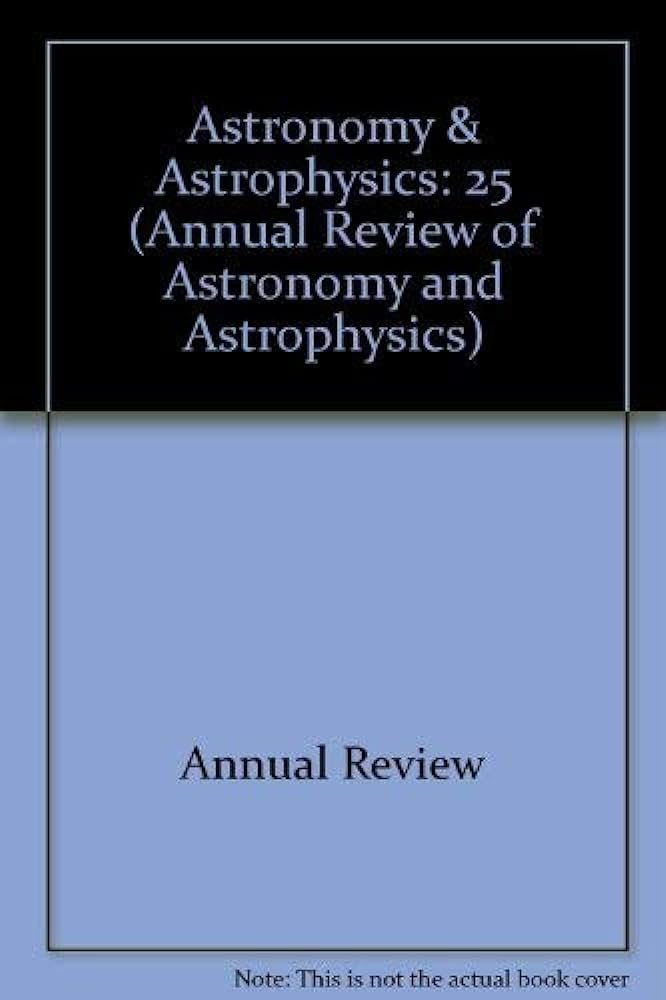Cosmological Tests of Gravity
IF 32.5
1区 物理与天体物理
Q1 ASTRONOMY & ASTROPHYSICS
Annual Review of Astronomy and Astrophysics
Pub Date : 2019-02-27
DOI:10.1146/annurev-astro-091918-104423
引用次数: 89
Abstract
Cosmological observations are beginning to reach a level of precision that allows us to test some of the most fundamental assumptions in our working model of the Universe. One such assumption is that gravity is governed by the theory of general relativity. In this review, we discuss how one might go about extending general relativity and how such extensions can be described in a unified way on large scales. This allows us to describe the phenomenology of modified gravity in the growth and morphology of the large-scale structure of the Universe. On smaller scales, we explore the physics of gravitational screening and how it might manifest itself in galaxies, clusters, and, more generally, in the cosmic web. We then analyze the current constraints from large-scale structure and conclude by discussing the future prospects of the field in light of the plethora of surveys currently being planned. Key results include the following: ▪ There are a plethora of alternative theories of gravity that are restricted by fundamental physics considerations. ▪ There is now a well-established formalism for describing cosmological perturbations in the linear regime for general theories of gravity. ▪ Gravitational screening can mask modifications to general relativity on small scales but may, itself, lead to distinctive signatures in the large-scale structure of the Universe. ▪ Current constraints on both linear and nonlinear scales may be affected by systematic uncertainties that limit our ability to rule out alternatives to general relativity. ▪ The next generation of cosmological surveys will dramatically improve constraints on general relativity, by up to two orders of magnitude.引力的宇宙学检验
宇宙学观测开始达到一定的精度,使我们能够测试我们的宇宙工作模型中的一些最基本的假设。一个这样的假设是引力受广义相对论的支配。在这篇综述中,我们讨论了如何扩展广义相对论,以及如何在大尺度上以统一的方式描述这种扩展。这使我们能够描述宇宙大尺度结构的生长和形态中的修正引力现象学。在较小的尺度上,我们探索引力屏蔽的物理性质,以及它如何在星系、星团中表现出来,更广泛地说,在宇宙网中表现出来。然后,我们分析了目前大规模结构的制约因素,并根据目前计划的大量调查,讨论了该领域的未来前景。主要成果包括:▪ 有太多的替代重力理论受到基础物理学考虑的限制。▪ 对于一般引力理论,现在有一种公认的形式来描述线性区域中的宇宙学扰动。▪ 引力屏蔽可以在小尺度上掩盖对广义相对论的修改,但其本身可能会在宇宙的大尺度结构中产生独特的特征。▪ 当前线性和非线性尺度上的约束可能会受到系统不确定性的影响,这些不确定性限制了我们排除广义相对论替代方案的能力。▪ 下一代宇宙学调查将极大地改善广义相对论的约束,提高两个数量级。
本文章由计算机程序翻译,如有差异,请以英文原文为准。
求助全文
约1分钟内获得全文
求助全文
来源期刊

Annual Review of Astronomy and Astrophysics
地学天文-天文与天体物理
CiteScore
54.80
自引率
0.60%
发文量
14
期刊介绍:
The Annual Review of Astronomy and Astrophysics is covers significant developments in the field of astronomy and astrophysics including:The Sun,Solar system and extrasolar planets,Stars,Interstellar medium,Galaxy and galaxies,Active galactic nuclei,Cosmology,Instrumentation and techniques,
History of the development of new areas of research.
 求助内容:
求助内容: 应助结果提醒方式:
应助结果提醒方式:


